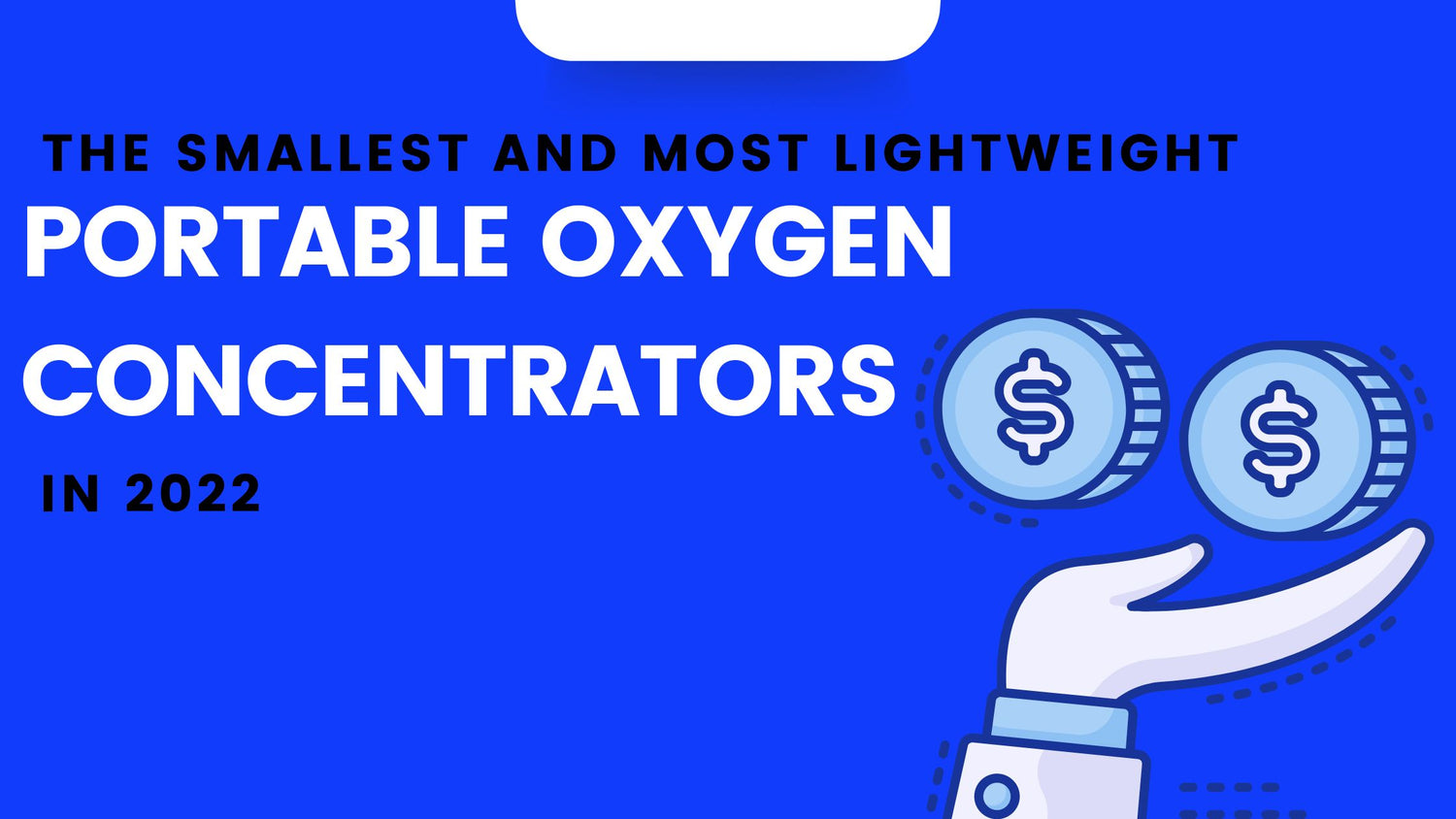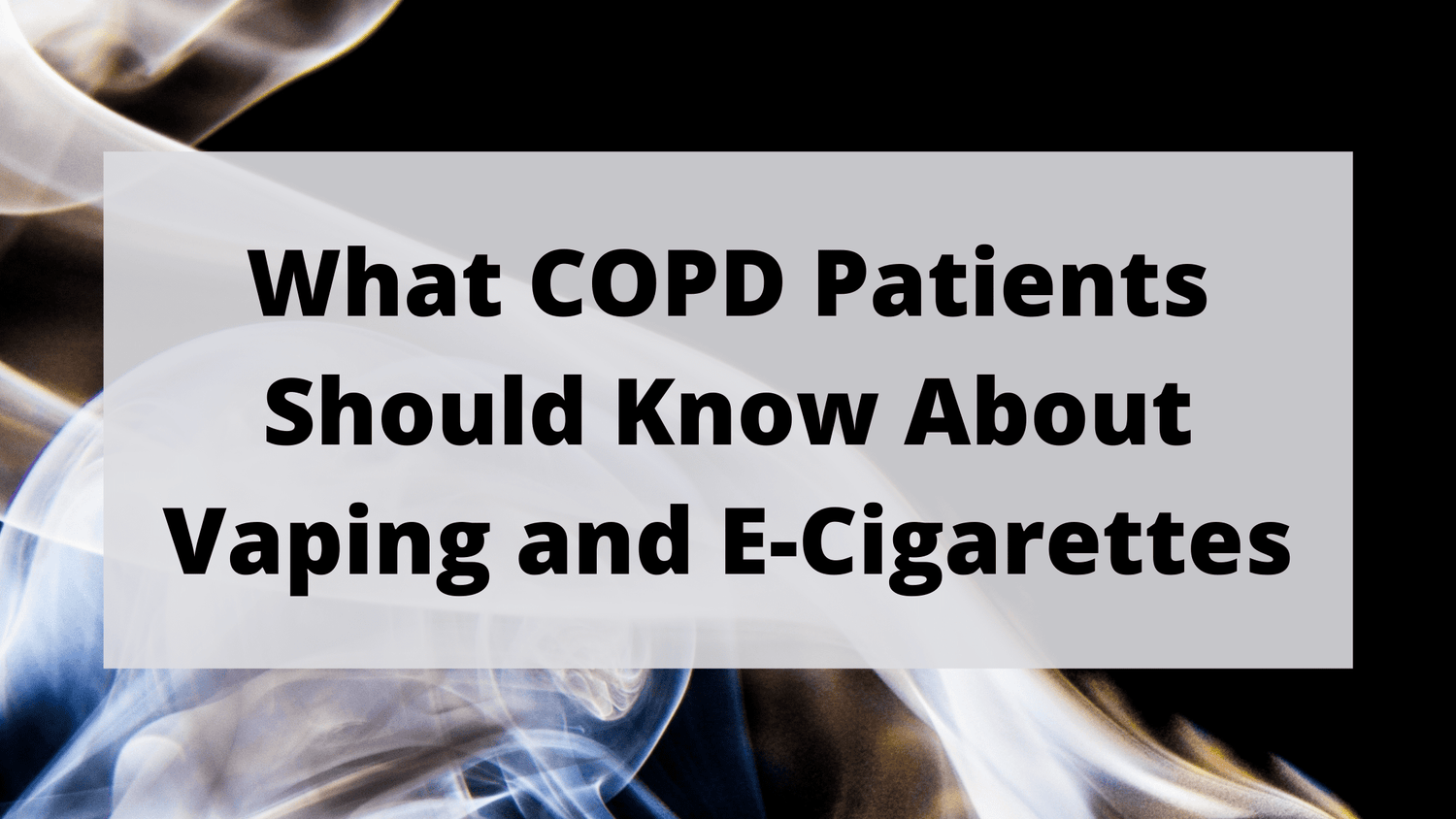Respiratory Resource Center - LPT Medical
The Smallest and Most Lightweight Portable Oxygen Concentrators in 2022
If you’re a respiratory patient with a condition...
Read MoreWhat COPD Patients Should Know About Vaping and E-Cigarettes
If you want to lead a healthier life, you...
Read More7 Safety Tips for Using a Portable Oxygen Concentrator
Oxygen is one of the most abundant gases in...
Read More


